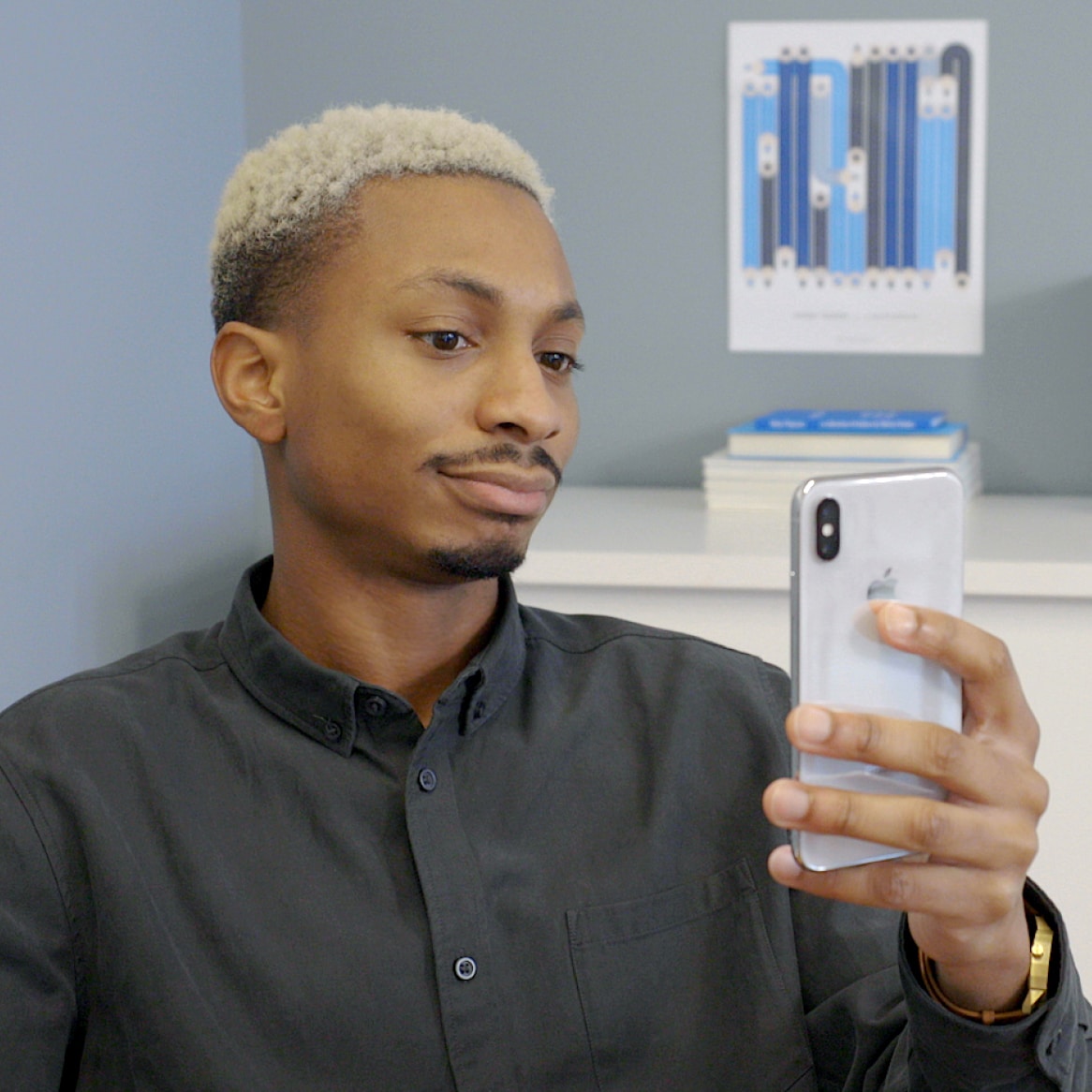“Eye surgery” may not top your list of fun activities. But procedures on the eyes can positively affect your vision, health, and quality of life—sometimes drastically. The range of eye surgeries that doctors perform today is as diverse as one could possibly imagine—from minor, minimally invasive procedures to major eye operations.
In this guide, we’ll discuss some common eye surgeries (and a few that aren’t too common), why people might get them, and what the different procedures involve. Then, we’ll discuss what eye surgery can cost, and how recovery might “look”.
What Is Eye Surgery?
Eye surgery, also referred to as ophthalmic surgery or ocular surgery, is an umbrella term for procedures on a part or parts of your eye, or the surrounding area. Ophthalmologists, who are eye surgeons, typically perform eye surgeries. However, cosmetic procedures may be performed by a different type of surgeon. Most eye surgeries are outpatient procedures—you go home the same day—performed in the doctor’s office, a hospital, or another medical facility.
Depending on the type of eye surgery, your doctor may put numbing drops into your eye or employ local or general anesthesia to make the operation painless. In most cases, you will remain awake during the surgery.
Some surgeries take as little as 10 minutes to perform, but if you add in preparation time and recovery, you’ll probably be at the eye doctor for at least two to three hours—or longer.
Why Do People Get Eye Surgery?
The reasons people opt for eye surgery are as varied as the types of eye surgery available. (We’ll delve into these in a bit.) But for the most part, eye surgeries do one or more of the following:
- Improve vision: Some eye surgeries can correct refractive errors, conditions like cataracts that limit vision, or drooping eyelids that obstruct vision.
- Treat a disorder: Your eye doctor may suggest eye surgery to treat an eye disorder or disease.
- Prevent vision loss: If your eye doctor detects signs of a vision-threatening condition, eye surgery may be able to halt or minimize its development. When permanent vision loss has already occurred, certain eye surgeries could keep it from worsening.
- Treat injuries: Surgery could repair eye injuries or damage.
- Alter appearance: Cosmetic procedures may modify the look of the eye area.
Eye Surgery Types
As a group, ophthalmologists boast numerous eye procedures in their collective surgical repertoire. Let’s look at some common types of eye surgery along with the conditions they may treat.
Lens Replacement (Including Cataract Surgery)
With lens replacement surgery, the eye’s lens (also called a crystalline lens) is replaced due to cataracts or refractive errors. It’s generally an easy, quick procedure.
Cataract Surgery
Cataract surgery is the most common eye surgery. Not only that, but it’s the most common surgery of any type.
A cataract occurs when the eye’s normally clear lens becomes cloudy, leading to blurry, hazy, or dull vision. Aging is the most common cause of cataracts. During cataract surgery, the cloudy natural lens is replaced with a clear artificial lens known as an intraocular lens (IOL).
Refractive Lens Exchange (RLE)
Similar to cataract surgery, RLE replaces the eye’s natural lens with an artificial lens (IOL). RLE can be an option for people who want to correct refractive errors but aren’t candidates for LASIK or another such surgery.
Vision Correction Surgery (Refractive Procedures)
“Vision correction surgery” is a term commonly used for surgeries to correct refractive errors—myopia (nearsightedness), hyperopia (farsightedness), and astigmatism. Some of these surgeries can also help people with presbyopia. These surgeries include:
- LASIK (laser-assisted in situ keratomileusis): In this procedure, doctors create a flap in the cornea and use a laser to reshape it permanently before closing the flap. For those with presbyopia, LASIK surgery can correct one eye for distance vision and the other for near vision, a technique known as monovision or blended vision.
- Photorefractive keratectomy (PRK surgery): This procedure predates LASIK surgery. The doctor removes the outer layer of the cornea, which regenerates within a few days, and uses a laser to reshape and thin specific areas. PRK can be an option for people who aren’t candidates for LASIK, such as those with high refractive errors or thin corneas.
- Laser subepithelial keratomileusis (LASEK): This laser eye surgery combines techniques used in both LASIK and PRK, and it might be an option for people who aren’t good candidates for LASIK.
- SMILE (small incision lenticule extraction): In this surgery, a laser removes a lenticule—a disc-shaped piece of corneal tissue—to correct myopia or astigmatism. An eye doctor may recommend this surgery for people who want a refractive procedure but have a higher prescription or chronic dry eye syndrome.
- Phakic intraocular lens (IOL) placement: Another potential solution for people who can’t have LASIK, phakic IOL placement implants an artificial lens into the eye. This surgery differs from lens replacement surgery like cataract surgery, in that the natural lens isn’t removed.
Eye Muscle Surgery (Strabismus Surgery)
Eye muscle surgery is a treatment for strabismus, commonly known as crossed eyes. Strabismus occurs when the eyes are misaligned, causing one eye to be centered while the other deviates in a different direction. In some cases, both eyes may be affected.
Strabismus surgery loosens or tightens the eye muscles so the eyes align and work together. The surgery takes from a half-hour to two hours and is usually an outpatient procedure. Strabismus surgery is most often done on children, sometimes when other non-surgical methods—like prism glasses, eye exercises, or medication—aren’t effective.
Glaucoma Surgery
Glaucoma is a serious eye disease that causes progressive loss of vision and even blindness. While the exact cause of glaucoma isn’t known, it’s probably associated with high intraocular pressure (IOP). In people with glaucoma, fluid accumulates in the eye. This leads to an elevated IOP, which damages the ocular nerve linking the eye and brain.
Unfortunately, vision loss from glaucoma is irreversible. However, surgery can aid in fluid drainage, slow or stop the disease’s progression, and help prevent further vision loss.
The three main types of glaucoma surgery are:
- Microinvasive (or minimally invasive) glaucoma surgery (MIGS): Small incisions improve the flow and drainage of fluid.
- Trabeculectomy: A new passageway is created for improved fluid drainage.
- Tube shunt surgery: Doctors implant artificial drainage tubes.
Surgery for Eye Injuries
Surgery can treat certain eye injuries. One such injury is an open globe injury—when the cornea or sclera of the eye is punctured. This might happen due to blunt trauma, a sharp cut, or a foreign object entering the eye. In most cases, the surgeon repairs the wound with sutures. An open globe injury is considered a medical emergency.
Retina Surgery
Surgery on the retina encompasses a host of procedures for retinal issues such as a retinal tear, retinal detachment, diabetic retinopathy, or age-related macular degeneration (AMD). Doctors can typically diagnose these and other retinal conditions at a comprehensive eye exam, often using retinal imaging.
Common retina surgeries include:
Laser photocoagulation: For this procedure, your eye doctor uses a laser to create a scar. The scar seals retinal tears or fixes small detachments. This surgery can also treat some cases of AMD by repairing leaky blood vessels and keeping new ones from forming.
Vitrectomy: This procedure involves removing all or some of the vitreous humor—the fluid between the eye’s lens and retina. Some forms of retinal detachment surgery can involve vitrectomy. The procedure can also treat diabetic retinopathy when retinal blood vessels bleed into the vitreous humor.
Scleral buckle: To repair a detached retina, the eye surgeon stitches a silicon buckle to the sclera to push the retina back into place.
Cornea Transplant
Also called keratoplasty, a cornea transplant removes a severely distorted, damaged, or diseased cornea and replaces it with a healthy cornea from a donor. Conditions such as infection, scarring, or keratoconus (cone-shaped corneas) can damage the cornea to such a degree that a doctor may recommend a cornea transplant.
Enucleation
One of the most serious eye surgeries, enucleation is a removal of the entire eye due to severe disease (such as ocular cancer), or an irreparable injury. Generally, a prosthetic (fake) eye replaces the natural eye.
Blepharoplasty (Eyelid Surgery)
This procedure eliminates loose skin around the eyes, lifts drooping eyelids, and reduces undereye bags. Blepharoplasty can improve vision by removing excess skin that obstructs peripheral sight, while also cosmetically altering the overall appearance of the eyes.
An ophthalmologist can often perform a blepharoplasty. Or a plastic surgeon who does facial cosmetic procedures may also be able to perform the surgery.
What Does Eye Surgery Cost?
Because so many types of eye surgeries exist, the cost of eye surgery is all over the map. Below, you can find approximate prices of some common eye operations. Keep in mind that costs can differ significantly for each procedure based on factors like your geographic location, the equipment used, and the surgeon.
Eye surgeries are often elective procedures, meaning they aren’t medically essential. In these cases, insurance may not cover the surgery. And even medically necessary operations may only be covered in part.
To avoid being hit with a surprise bill, it’s best to contact your insurance carrier or benefits plan administrator prior to scheduling an eye procedure. And if you have a health savings account (HSA) or flexible spending account (FSA), contact your account or plan administrator to see if you can use those funds for the eye operation.
Estimated Eye Surgery Costs
Below are estimated costs of some common eye surgeries. For an accurate idea of what a particular procedure may cost, ask your eye doctor and your insurance provider.
LASIK eye surgery: $1,500 to over $3,000 per eye
Cataract surgery: $1,900–$2,500
Eye muscle (strabismus) surgery: $3,100–$6,800
Glaucoma surgery: $425–$7,400
Retina surgery: $3,900–$6,200
Blepharoplasty: $3,400–$3,900
Eye Surgery Preparation and Recovery
How you go about preparing for eye surgery and recovering from it depends on the procedure and your doctor’s protocol. But it’s important to follow your eye doctor’s instructions, no matter what the surgery will entail.
Preparing for Eye Surgery
Your doctor’s directions on how to prepare for your eye surgery might include these steps:
- Refrain from eating for several hours before your procedure, as instructed by your doctor.
- Discontinue certain medications, at your doctor’s recommendation.
- Arrive showered with a clean face, free of makeup or eyelash extensions. Avoid wearing perfume, scented products, or lotion.
- Arrange for someone to drive you home. Your eyes will need to rest, and you may have lingering effects from anesthesia.
Recovering From Eye Surgery
Recovering from an eye surgery—including how long it’ll take and any pain you can expect—will depend on variables such as the specific procedure being done and whether it’s outpatient (most eye procedures are).
But you’ll probably need to rest your eyes for a while after the surgery, and you may need to take a few days or longer to rest at home. Your doctor will probably want to see you for a follow-up appointment within a few days or weeks.
Your recovery and what you’ll need to do may include:
- Having someone drive you home after the procedure
- Red, swollen, or sore eyes
- Wearing a patch or bandage over the eye
- Taking or applying medication
- Keeping your head in a certain position
- Temporarily blurry eyesight
- Not driving or working
- Avoiding certain activities
Questions? Ask Your Doctor
Your eye doctor can answer your questions about eye surgeries—including which eye surgery is best for you, how different procedures work, and what to expect. Even if discussing eye surgery isn’t on your mind, scheduling an appointment is wise if it’s been over a year since your last comprehensive eye exam. Regular check-ups are essential for maintaining both eye health and overall well-being. And be sure to contact your doctor if your eyes start giving you trouble.







